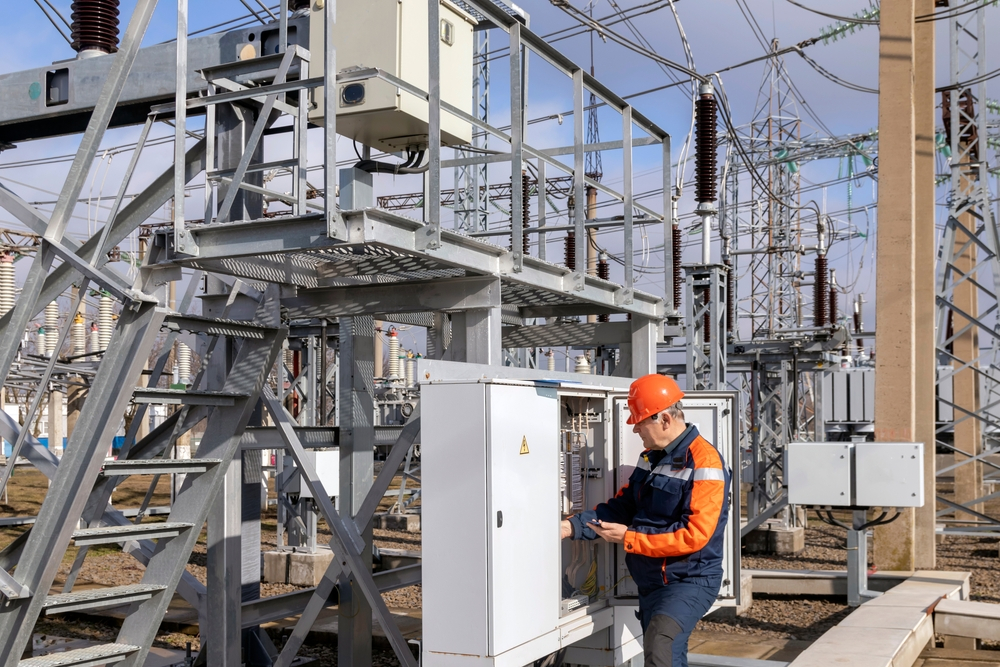Roar Solutions Can Be Fun For Anyone
Roar Solutions Can Be Fun For Anyone
Blog Article
Roar Solutions Fundamentals Explained
Table of ContentsRoar Solutions Things To Know Before You BuyRoar Solutions Things To Know Before You Get ThisThe Facts About Roar Solutions Uncovered
In such an environment a fire or surge is possible when 3 basic problems are fulfilled. This is typically described as the "harmful location" or "burning" triangular. In order to secure installations from a prospective explosion an approach of analysing and identifying a potentially dangerous location is needed. The purpose of this is to guarantee the appropriate option and installment of devices to inevitably stop a surge and to make sure safety of life.
(https://www.cheaperseeker.com/u/roarsolutions)
No equipment ought to be set up where the surface temperature of the tools is more than the ignition temperature of the given risk. Below are some common dust dangerous and their minimal ignition temperature. Coal Dirt 380C 225C Polythene 420C (melts) Methyl Cellulose 420C 320C Starch 460C 435C Flour 490C 340C Sugar 490C 460C Grain Dirt 510C 300C Phenolic Resin 530C > 450C Aluminium 590C > 450C PVC 700C > 450C Residue 810C 570C The chance of the threat being present in a concentration high sufficient to cause an ignition will differ from area to location.
Hazardous area electric devices perhaps developed for usage in greater ambient temperature levels. Field Repair By Authorised Employee: Complex testing might not be called for nevertheless certain procedures might need to be adhered to in order for the equipment to preserve its 3rd party score. Each piece of devices with a dangerous rating should be evaluated independently.
Not known Incorrect Statements About Roar Solutions
The tools register is a thorough database of devices documents that consists of a minimum collection of areas to determine each product's area, technological criteria, Ex category, age, and environmental data. This details is important for monitoring and managing the tools efficiently within unsafe areas. On the other hand, for routine or RBI sampling assessments, the quality will certainly be a combination of Thorough and Close assessments. The proportion of Detailed to Close evaluations will certainly be determined by the Devices Threat, which is assessed based on ignition threat (the likelihood of a source of ignition versus the probability of a combustible environment )and the hazardous location classification
( Zone 0, 1, or 2). This variation will additionally influence the resourcing demands for work preparation. When Lots are specified, you can develop sampling strategies based upon the sample size of each Whole lot, which refers to the variety of arbitrary equipment products to be examined. To identify the called for example dimension, two aspects need to be reviewed: the dimension of the Whole lot and the classification of evaluation, which indicates the level of effort that must be applied( lowered, normal, or raised )to the evaluation of the Whole lot. By integrating the category of evaluation with the Lot size, you can after that develop the proper rejection criteria for an example, meaning the permitted number of damaged items discovered within that sample. For more details on this process, please refer to the Energy Institute Guidelines. The IEC 60079 conventional advises that the optimum interval between assessments ought to not go beyond three years. EEHA examinations will likewise be performed outside of RBI projects as component of set up upkeep and tools overhauls or fixings. These assessments can be attributed towards the RBI example dimensions within the impacted Lots. EEHA assessments are carried out to recognize mistakes in electric equipment. A weighted racking up system is necessary, as a single tool might have numerous faults, each with varying degrees of ignition risk. If the consolidated rating of both examinations is less than twice the fault rating, the Great hop over to these guys deal is deemed appropriate. If the Whole lot is still taken into consideration unacceptable, it must go through a complete assessment or validation, which may trigger stricter examination protocols. Accepted Whole lot: The sources of any mistakes are identified. If an usual failing setting is located, extra tools might call for maintenance. Faults are categorized by seriousness( Safety and security, Honesty, Home cleaning ), guaranteeing that immediate problems are assessed and addressed without delay to reduce any effect on safety or operations. The EEHA data source need to track and tape the lifecycle of mistakes in addition to the rehabilitative actions taken. Carrying out a robust Risk-Based Assessment( RBI )technique is vital for making certain conformity and safety in handling Electrical Tools in Hazardous Locations( EEHA) (eeha). Automated Mistake Rating and Lifecycle Monitoring: Effortlessly manage faults and track their lifecycle to boost inspection accuracy. The introduction of this support for risk-based examination further strengthens Inspectivity's setting as a best-in-class remedy for regulative compliance, in addition to for any type of asset-centric inspection usage situation. If you are interested in finding out more, we invite you to request a presentation and discover exactly how our solution can change your EEHA monitoring procedures.
6 Easy Facts About Roar Solutions Shown

In terms of eruptive danger, a hazardous area is an environment in which an eruptive atmosphere exists (or may be anticipated to be present) in quantities that call for unique safety measures for the construction, installment and use devices. eeha. In this write-up we explore the obstacles faced in the office, the risk control actions, and the needed proficiencies to work safely
These compounds can, in specific problems, create explosive ambiences and these can have major and awful repercussions. Many of us are acquainted with the fire triangular get rid of any kind of one of the three aspects and the fire can not take place, yet what does this mean in the context of unsafe locations?
In most instances, we can do little regarding the levels of oxygen airborne, but we can have significant impact on sources of ignition, for instance electrical tools. Harmful areas are documented on the harmful area category illustration and are identified on-site by the triangular "EX-SPOUSE" sign. Here, among other vital details, areas are split into three types depending on the hazard, the possibility and period that an explosive environment will exist; Zone 0 or 20 is considered the most dangerous and Zone 2 or 22 is regarded the least.
Report this page